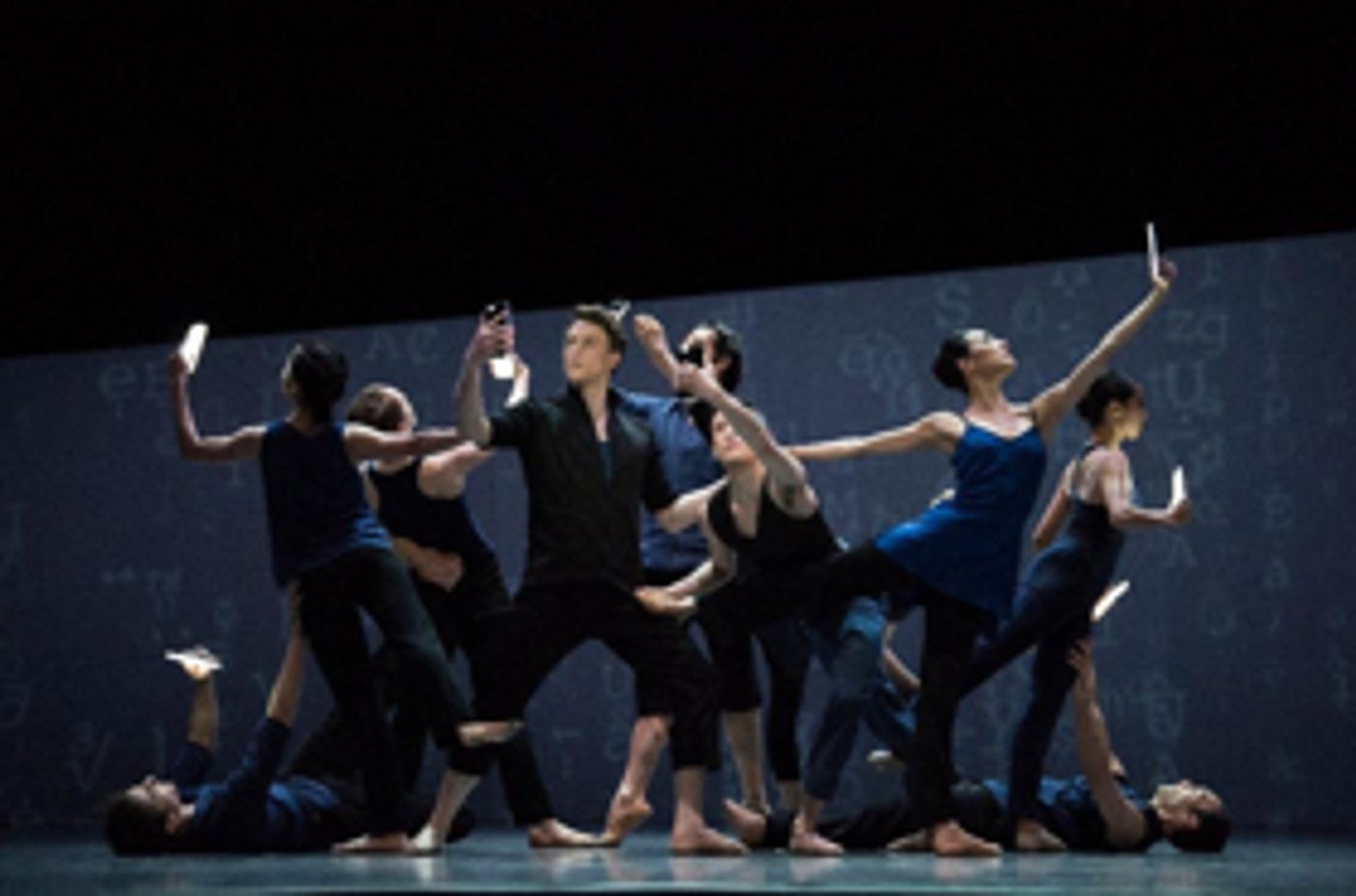Kennedy Center Presents San Francisco Ballet's Unbound: A Festival of New Works

Six new works will have their East Coast premieres October 23-28, when the world-renowned San Francisco Ballet returns to the Kennedy Center with selections from its acclaimed Unbound: A Festival of New Works. Presented over two programs and seven performances, the engagement presents familiar and new choreographers to D.C. audiences whose critically acclaimed new work displays the company's remarkable depth of artistry. The Kennedy Center Opera House Orchestra will accompany the performances.
The company's unprecedented festival of new works, presented in San Francisco in spring 2018, celebrates a spirit of curiosity, experimentation, and invention. Hailed for its range of choreography, the festival works became a platform which showcased extraordinary performances from company artists in the corps through principle dancers. Artistic Director Helgi Tommasson stated the festival offers a glimpse "to audiences what dance is now and what it can be. We need to take risks in our art form and create space for diverse voices and points of view...to provide opportunities for the choreographic voices of the next generation to be heard. This is what will keep ballet vital."
In concert with San Francisco Ballet, the Kennedy Center selected works that represented the overall breadth of the festival for the Washington engagement.
The Center's redux of the festival will introduce two choreographers to D.C. audiences, David Dawson and Cathy Marston. The Unbound works present innovative partnering and shapes (Dawson); literary narrative (Marston); homage to family (McIntyre); Peck's evolution into electronica; reflections on how technology and relationships intersect (Wheeldon); fully produced and widely raved sets for three of the repertory works (Liang, Marston, Wheeldon); and works in both pointe shoes and sneakers, along with contemporary vocal/pop/folk artists and classical music.
Further information about each program is below:
Program A-Works by McIntyre, Wheeldon, and Dawson
Your Flesh Shall Be a Great Poem (McIntyre/Garneau)
Bound To© (Wheeldon/Henson)
Anima Animus (Dawson/Bosso)
Program A features works by choreographers Trey McIntyre, Christopher Wheeldon, and David Dawson. McIntyre's Your Flesh Shall Be a Great Poem is a homage to the choreographer's grandfather. A work about remembrance and loss, and happiness and pain, it features nine dancers and music by singer-songwriter Chris Garnneau from his album El Radio. Wheeldon's Bound To© is a reflection of technology in contemporary society, set to both recorded and live music by Keaton Henson. David Dawson's Anima Animus is the choreographer's first American commission. Offering a mix of contrasts, most prominent of them Carl Jung's concept of animus (the male aspect of the female psyche) and anima (the female aspect of the male psyche), Dawson explores the polarized present-day world by focusing on the spaces in between extreme opposites. Of the work for 10 dancers, set to music by Italian composer Ezio Bosso, he describes it as "physically emotional virtuosity combined to make something human."
Program B-Works by Liang, Marston, and Peck
The Infinite Ocean (Liang/Davis)
Snowblind (Marston/Beach, Feeney, Foote, and Pärt)
Hurry Up, We're Dreaming (Peck/M83 (A. Gonzalez, Y. Gonzalez, Laner, and Meldal-Johnsen))
Program B features works by choreographers Edwaard Liang, Cathy Marston, and Justin Peck. Liang's The Infinite Ocean was inspired in part by a friend's message before their passing, "I will see you on the other side of the infinite ocean." With music by Oliver Davis, the work explores the space between life and death, and the transition when one must let go of ties to the physical world, a time that Liang calls "the awakening." A narrative piece, Marston's Snowblind is based on Edith Wharton's 1911 novella Ethan Frome. Marston evokes the repression, love, desperation, and dependence that underscore the lives of Wharton's three central characters (Ethan, his wife Zeena, and Zeena's helper, the beautiful young Mattie) who are caught in a love triangle. Eleven additional dancers embody the snow that dominates the setting within the novella, a metaphor for Ethan and Mattie's passion and torment. A compilation of music by Amy Beach and Arthur Foote is arranged and augmented by composer Philip Feeny along with Arvo Pärt's Lamentate. Taking the audience on a life-cycle of dream states, Peck's Hurry Up, We're Dreaming is set to songs by electronic band M83, with the cast of 14 dancers in sneakers. Of the work, Peck states that Hurry Up, We're Dreaming focuses on "how we dream as children, how we dream as young, coming-of-age adults, and how we dream as fully matured adults."
ABOUT SAN FRANCISCO BALLET
San Francisco Ballet, long recognized for pushing boundaries in dance, has a history of making history. The company has enjoyed a long and rich tradition of artistic "firsts" since its founding in 1933, including performing the first American productions of Swan Lake andNutcracker, as well as the first 20th-century American Coppélia. SF Ballet is one of the three largest ballet companies in the United States and currently presents more than 100 performances annually, both locally and internationally. The mission of SF Ballet is to share its joy of dance with the widest possible audience-in its community and worldwide-and to provide the highest caliber of dance training in its School. Under the direction of Helgi Tomasson, the company has achieved an international reputation as one of the preeminent ballet companies in the world. For more information, visit sfballet.org.
Photo: Christopher Wheeldon's Bound To
Credit: Erik Tomasson
Videos

